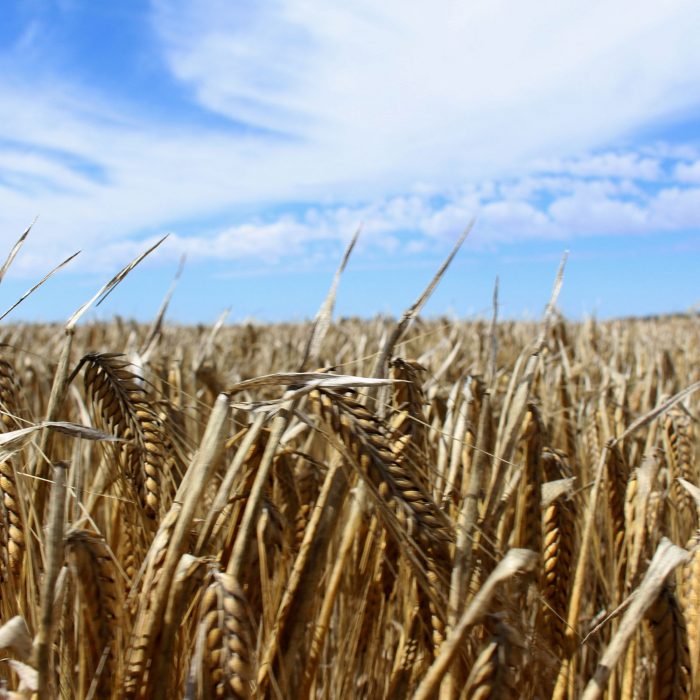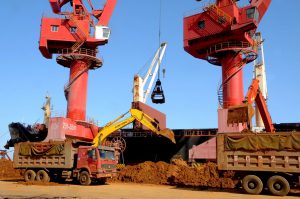Beijing is accused of imposing tariffs over diplomatic tensions rather than trade-related issues
The World Trade Organization has agreed to establish a dispute settlement panel to resolve a row over China’s tariffs on Australian barley, just as farmers succeed at finding alternative markets for the crop.
Australia launched a formal appeal to the WTO last year, seeking a review of China’s decision to impose anti-dumping and countervailing duties on imports of Australian barley, one of several current sources of friction between the two countries.
Australian Trade Minister Dan Tehan said Australia remained “open to further discussions with China with a view to resolving this issue”. Beijing is accused of imposing the tariffs over diplomatic tensions, not trade-related issues.
China said at the meeting it was confident that its duty measures would be found to be consistent with WTO requirements.The panel typically concludes in six months although its conclusions are subject to appeal.
Australia-China relations have deteriorated over recent months, with Canberra calling for a deeper inquiry into the origins of the coronavirus pandemic, as well as criticising Beijing over its human rights records in China, Xinjiang and Hong Kong, and political interference in Australia.
The trade body’s decision comes as analysts say Australian farmers have been successful at finding alternative markets to China for barley and other exports hit by China sanctions.
“Some sectors hit by Chinese actions, such as barley, copper and coal, have been able to find alternative export markets, but others with more limited diversification prospects, such as wine, have been more affected,” Jeremy Zook, associate director for sovereigns at Fitch Ratings in Hong Kong, said.
VARYING IMPACT
The impact of the Chinese trade restrictions varies across agricultural sub-sectors, with several factors influencing the outcome, including success in finding or expanding alternative markets, supply conditions and China’s market share in the industry.
“Barley farmers coped surprisingly well as they were able to increase sales in the Middle East and other parts of Asia, while cotton growers are making inroads into markets such as Indonesia, Thailand, Vietnam and Bangladesh to diversify its export markets,” Bernard Aw, Asia Pacific economist at French trade credit insurer Coface, said.
China was the largest export market for Australian barley, accounting for 70% of exports. The next largest export destination is Japan, while smaller markets exist in the Middle East and Southeast Asia.
Coface expects Australia’s gross domestic product (GDP) to be back to 2019 levels as soon as this year.
“But there are growing concerns that an escalation of bilateral tensions will see China hardening its stance towards Australia and possibly start targeting Australian services exports,” Aw said.
Chinese attacks on tourism and education could see 2% of Australia’s GDP at risk.
With reporting by Agence France-Presse
ALSO SEE:
China grabs French and Canadian barley as pig herd grows again
























